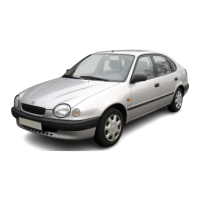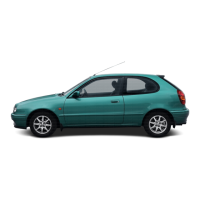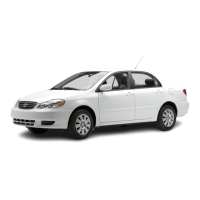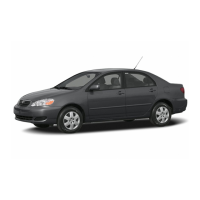74
Your automatic transmission has a shift
lock system to minimize the possibility of
incorrect operation. This means you can
only shift out of “P” position when the
brake pedal is depressed (with the ignition
switch in “ON” position and the lock re-
lease button depressed).
(a) Normal Driving
1. Start the engine as instructed in “How
to start the engine” in Part 3. The trans-
mission must be in “P” or “N”.
2. With your foot holding down the brake
pedal, shift the selector lever to “D”.
In “D” position, the automatic transmis-
sion system will select the most suitable
gear for running conditions such as nor-
mal cruising, hill climbing, hard towing,
etc.
Never put your foot on the accelera-
tor pedal while shifting.
CAUTION
!
3. Release the parking brake and brake
pedal. Depress the accelerator pedal
slowly for smooth starting.
(b)Using engine braking
To use engine braking, you can downshift
the transmission as follows:
Shift into the “2” position when the ve-
hicle speed is lower than the maximum
allowable speed for second gear. The
transmission will downshift to the sec-
ond gear and more engine braking will
be obtained.
Shift into the “L” position when the ve-
hicle speed is lower than the maximum
allowable speed for “L” position. The
transmission will downshift to the first
gear and maximum engine braking will
be applied.
MAXIMUM ALLOWABLE SPEEDS
“2” 112 km/h (70 mph). . . . . . . . . . . .
“L” 62 km/h (38 mph). . . . . . . . . . . . .
Be careful when downshifting on a
slippery surface. Abrupt shifting
could cause the vehicle to spin or
skid.
CAUTION
!
Automatic transmission
(3-speed type)
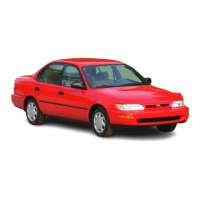
